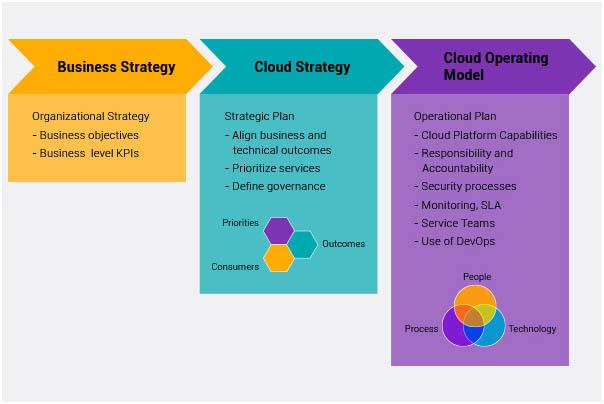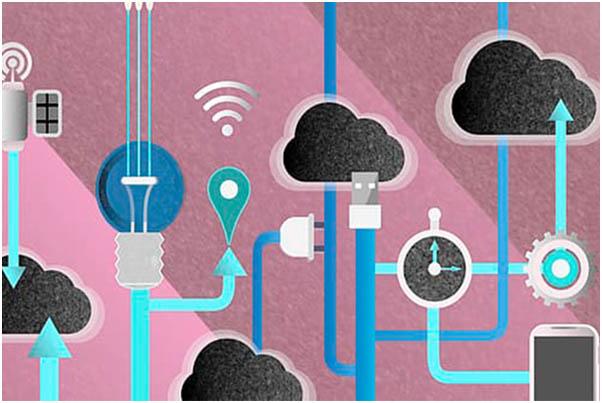The cloud operating model is a way the workflows are defined on the cloud to achieve the IT operational goals which are quite different from what has been happening in the data centre. Cloud paves the way for moving the infrastructure out of the data centre. An abstraction layer on hardware is created with a hypervisor which hosts the guest operating systems. These hypervisors are getting replaced by container images nowadays to ensure better portability of the applications. The operating model of the data centre has many layers to ensure availability, whereas the cloud operating layer has fewer fine-grained models to ensure availability. The cloud operating model is entirely based on the data centre operating model and present challenges as well as opportunities to improve the performance. Some advantages in the cloud operating models include.
SLAs: In a typical data centre operating model SLAs are a function of all the layers of Infrastructure starting from the cables, power supply units, and so on to the point where the applications are hosted. In the Cloud Model hardware availability, SLAs are taken off the CIO’s hands and it is usually by default 99.99%. If we are using the platform from the cloud service provider, the underlying application infrastructure SLAs are taken care of by the service provider. Now the application availability is the only SLA that needs to be ensured. Managing the load balancers, firewalls, cache have all been taken off the IT services plate. A good example of improved SLAs is the usage of Gmail and Microsoft O365 platforms. Mail delivery has become more reliable and people focus more on new features. Improved availability of software and hardware have made life much easier for IT people.
Scalability: The hardware scalability is out of the door and the need for various types of hardware going through RFPs and procuring the same is gone. However, as every solution brings in a new problem scalability has brought in the problem of cost. Indiscriminate usage of auto-scaling on the cloud has led to increased cost, making the operations unviable. So, the cloud operating model requires very robust auto-scaling policies.
Cost: A typical data centre has a budget forecasted at the start of the year and the cost is managed by the budget set at the start of the financial year. In the cloud, cost is an engineering problem. It can continuously beleveraged, and we have an opportunity to spend lesser by using cloud resources more diligently. Cost is not a one time exercise but is a continuous exercise.
Services Options: The no of services that are available from the cloud are mind-boggling. No two services from two different vendors are equal. AWS has more than 150 services, Azure has hundreds of services and GCP too has just 90 services. Every vendor has an approach to abstract the hardware and software out. Understanding of the service options is paramount to a good operating model. Unlike data centre, the options to improve service are continuously available for a cloud services provider. Managed services option is provided by almost all cloud service providers. The focus of managed services is not on our IT applications but on hardware by default and more on application infrastructure, namely database, authentication service, caching service and so on.
Security: The cloud operating models provide security at the infrastructure and platform software levels by default. Most of the cloud service providers take care of network security as well. However, in the cloud operating model, security becomes a shared responsibility, and it is not the responsibility of the provider or IT department alone. Cloud Service providers still ensure a robust security mechanism to protect the data, devices, and application infrastructure.
Support: The support model for cloud service providers is different and it depends on the choice of subscription. It is important for us to go through the entire subscription model and choose what the business needs are as well. The Business Continuity both at the geography levels as well as at the zone level are available by default. Disaster recovery and data replications are features that makes the cloud operating model a better model than data centre operating models.
To conclude, it is important to unlearn some of the data centre operations metrics and learn new metrics on the cloud operating model to provide better service to our customers. Cloud operating models are different and at every level of abstraction the cloud service providers add to the underlying layers the operating model becomes different.



